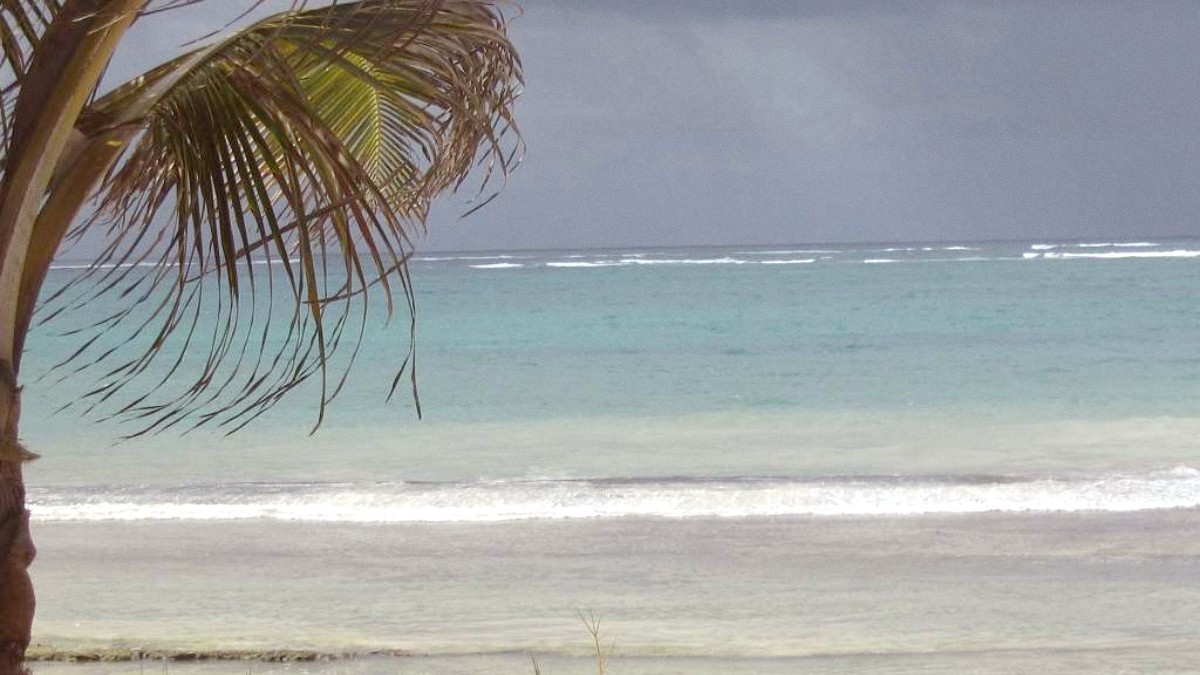
Kenya
Diani Beach experiences a tropical monsoon climate, meaning warm temperatures persist throughout the year. Humidity is generally high, influencing how the weather feels.
Temperatures remain warm to hot year-round, typically ranging from 25°C to 32°C (77°F to 90°F). Humidity generally stays between 60% and 80%.
Rainfall typically occurs as short, heavy downpours, often in the late afternoon or evening.
This pattern holds true even during the rainy seasons. Prolonged, all-day rain is not common. The Indian Ocean coast does not experience hurricanes.
July - Oct, Dec - Feb
Excellent weather for beach activities and water sports. Good for wildlife viewing.
Higher prices, crowded attractions. Book well in advance.
March, June, November
Fewer crowds and lower prices. Good value for a visit.
Chance of rain. Some services may operate reduced schedules.
April - May
Significantly lower prices. Fewer tourists, peaceful experience. Lush landscapes.
Heavy rainfall can disrupt activities. High humidity. Roads may present challenges.
For beach and water sports like snorkeling, diving, and kitesurfing, December to March brings calm, clear waters. June to October provides consistent winds, good for kitesurfing.
June to October is the dry season for wildlife safaris inland, making animal spotting easier. This period also includes the Great Migration in Maasai Mara. Deep-sea fishing is favorable from October to March.
Dec-Mar (clear waters), Jun-Oct (kitesurfing winds).
Jun-Oct (dry season, animal spotting).
Oct-Mar.
Jun-Oct (cooler, less humid weather).
Coincides with Jun-Oct for extended trips.
Kenya requires most foreign nationals to obtain an electronic visa (e-Visa) before arrival. This section details the types and application steps.
The Single Entry Visa (SEV) suits tourism or business, valid for up to 90 days. The East African Tourist Visa (EATV) permits multiple entries into Kenya, Rwanda, and Uganda for 90 days. A Transit Visa suits connections under 72 hours.
Single Entry Visa: US$51. East African Tourist Visa: US$101. Transit Visa: US$21. Pay fees online during the application.
Diani Beach experiences costs based on travel styles, from budget-conscious to luxury. Daily estimates vary.
This section covers necessary preparations and local awareness for a worry-free visit.
Consult your doctor 4-6 weeks before travel for required (Yellow Fever) and recommended vaccinations (Typhoid, Hep A, etc.).
Diani is a malaria-risk area. Take prescribed antimalarial medication, use DEET repellent, and sleep under mosquito nets.
Drink only bottled water with unbroken seals. Exercise caution with street food; ensure cooked food is hot. Wash hands frequently.
Sunburn/Heatstroke: The equatorial sun is intense. Use high SPF sunscreen, wear a wide-brimmed hat, and hydrate frequently.
Traveler's Diarrhea: This is a common issue. Drink only bottled or purified water. Avoid ice, raw fruits/vegetables (unless peeled/washed with safe water), and undercooked food.
Insect Bites: Besides mosquitoes, sandflies pose a problem, especially on the beach at dawn and dusk. Use insect repellent.
Marine Life: Be aware of sea urchins, jellyfish, and stonefish in coral areas. Wear reef shoes for protection.
Diani Beach has private clinics and smaller hospitals. For serious emergencies, consider transfer to larger Mombasa hospitals like Aga Khan.
Ambulance services are available, but response times vary. Ensure travel insurance covers emergency medical evacuation.
Several well-stocked pharmacies are present in Diani and Ukunda.
Diani Beach is generally safe for tourists. However, petty crime, like pickpocketing or bag snatching, can occur, especially in crowded areas or after dark.
A comprehensive travel insurance policy is highly recommended. Ensure it covers medical emergencies and evacuation, trip cancellation, and baggage loss. Compare policies from reputable providers World Nomads, SafetyWing, or Insubuy to find one that suits your needs.
While rare, the Indian Ocean is seismically active. Follow local alerts if issued.
During the long rainy season (April-May), localized flooding can occur.
Be aware of rip currents, especially during high tides. Swim near patrolled areas.